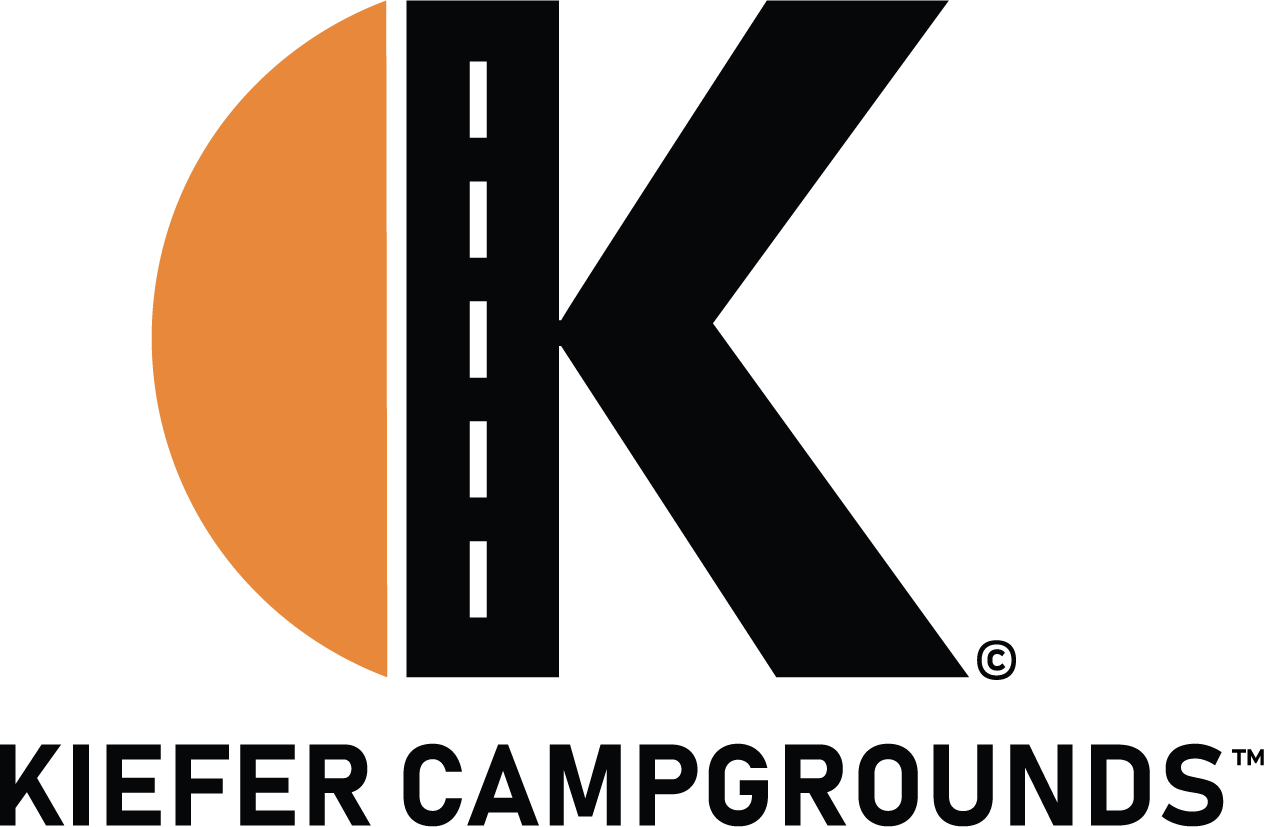How to Filter Water

Filtering water is an important process to remove impurities, contaminants, and particles to make it safe for drinking and other uses. There are several methods to filter water, ranging from simple household methods to more complex industrial processes. Here are some common ways to filter water:
- Boiling: Boiling water is one of the simplest and most effective ways to kill harmful microorganisms like bacteria and viruses. Boiling water for at least one minute (or longer at high altitudes) can make it safe to drink. However, this method does not remove chemical contaminants or suspended particles.
- Use of Commercial Water Filters: a. Activated Carbon Filters: These filters are common in water pitchers, faucet attachments, and under-sink filtration systems. They remove chlorine, bad tastes, odors, and some chemicals. b. Reverse Osmosis Filters: These systems use a semipermeable membrane to remove a wide range of contaminants, including minerals, heavy metals, and bacteria. c. Ultraviolet (UV) Filters: UV filters use UV radiation to kill bacteria and viruses, making the water safe to drink. However, they do not remove physical particles or chemical contaminants. d. Ceramic Filters: These filters have small pores that can remove bacteria, sediment, and other particles.
- Gravity Filters: These are portable devices that use gravity to pass water through a filtration medium. They are often used for outdoor activities and emergency situations.
- Sand Filters: Sand filters are effective in removing larger particles and debris. They are commonly used in swimming pools and in some wastewater treatment processes.
- Activated Alumina Filters: These filters are used to remove fluoride and arsenic from drinking water.
- Distillation: Distillation involves heating water to create steam and then condensing the steam back into water. This process effectively removes impurities, leaving behind contaminants. However, it can be energy-intensive.
- Chemical Treatment: Adding chemicals such as chlorine or iodine to water can disinfect it and kill microorganisms. However, this doesn’t physically remove particles or contaminants and may leave a taste or odor.
- DIY Filtration: In emergency situations or for camping, you can create a makeshift filter using materials like cloth, sand, charcoal, and gravel in layers to remove particles and some impurities. This method is not as reliable as commercial filters.
When choosing a water filtration method, consider the specific contaminants in your water source and your filtration goals. It’s essential to regularly maintain and replace filter components to ensure their continued effectiveness. Additionally, some methods like boiling or distillation are best combined with others to provide comprehensive water purification. Always follow local guidelines and recommendations for water treatment to ensure the water’s safety for consumption.
How to Filter Water
Filtering water is an important process to remove impurities, contaminants, and particles to make it safe for drinking and other uses. There are several methods to filter water, ranging from simple household methods to more complex industrial processes. Here are some common ways to filter water:
- Boiling: Boiling water is one of the simplest and most effective ways to kill harmful microorganisms like bacteria and viruses. Boiling water for at least one minute (or longer at high altitudes) can make it safe to drink. However, this method does not remove chemical contaminants or suspended particles.
- Use of Commercial Water Filters: a. Activated Carbon Filters: These filters are common in water pitchers, faucet attachments, and under-sink filtration systems. They remove chlorine, bad tastes, odors, and some chemicals. b. Reverse Osmosis Filters: These systems use a semipermeable membrane to remove a wide range of contaminants, including minerals, heavy metals, and bacteria. c. Ultraviolet (UV) Filters: UV filters use UV radiation to kill bacteria and viruses, making the water safe to drink. However, they do not remove physical particles or chemical contaminants. d. Ceramic Filters: These filters have small pores that can remove bacteria, sediment, and other particles.
- Gravity Filters: These are portable devices that use gravity to pass water through a filtration medium. They are often used for outdoor activities and emergency situations.
- Sand Filters: Sand filters are effective in removing larger particles and debris. They are commonly used in swimming pools and in some wastewater treatment processes.
- Activated Alumina Filters: These filters are used to remove fluoride and arsenic from drinking water.
- Distillation: Distillation involves heating water to create steam and then condensing the steam back into water. This process effectively removes impurities, leaving behind contaminants. However, it can be energy-intensive.
- Chemical Treatment: Adding chemicals such as chlorine or iodine to water can disinfect it and kill microorganisms. However, this doesn’t physically remove particles or contaminants and may leave a taste or odor.
- DIY Filtration: In emergency situations or for camping, you can create a makeshift filter using materials like cloth, sand, charcoal, and gravel in layers to remove particles and some impurities. This method is not as reliable as commercial filters.
When choosing a water filtration method, consider the specific contaminants in your water source and your filtration goals. It’s essential to regularly maintain and replace filter components to ensure their continued effectiveness. Additionally, some methods like boiling or distillation are best combined with others to provide comprehensive water purification. Always follow local guidelines and recommendations for water treatment to ensure the water’s safety for consumption.
It’s always great to learn new survival tips in case of a zombie apocalypse. At Meramec Campground we learn together, we survive together!
Family owned and operated, Kiefer Campgrounds strive to offer you the best rates for a comfortable location with outstanding service, and spotless facilities. When you stay in one of our parks, you are no longer just a happy camper, but a part of our family! We are most certain you will enjoy your stay with us. Pick your favorite location and book your spot now before it’s too late! You’ll be happy you did!



